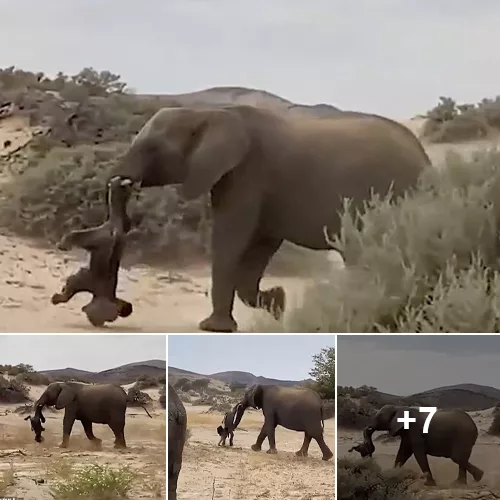The 12-hour Marching Elephant Parade in Funeral of the Savior
The Elephant Parade, also known as the Royal Elephant Procession, is a traditional and sacred event in Thailand’s culture. The procession is held to pay tribute to the late King Bhumibol Adulyadej, who passed away in 2016. One of the most significant parts of the Elephant Parade is the 12-hour Marching Elephant Parade, also known as the “Procession of the Royal Elephants” or “The Royal Cremation Ceremony.”

The Marching Elephant Parade is a solemn event that is held during the funeral of the Savior. The procession lasts for 12 hours, with the elephants, dressed in vibrant colors and ornate garments, carrying the urn of the deceased king. The procession starts at the Royal Palace and ends at the cremation site at the Sanam Luang, where the king’s body is cremated.

The elephants in the procession are not ordinary elephants; they are specially trained and selected for the event. The elephants undergo rigorous training and are trained to walk in sync with each other. They are also trained to remain still for long periods, as the procession lasts for 12 hours. The elephants are adorned with gold and silver ornaments, and their tusks are covered in gold leaf. They are also painted with intricate designs and patterns, making them look even more majestic.

The Marching Elephant Parade is not only a tribute to the late king but also a way to showcase Thailand’s rich cultural heritage. The procession is a symbol of the country’s deep-rooted respect for its monarch and the traditions that have been passed down for generations. The event attracts spectators from around the world, who come to witness the grandeur and spectacle of the procession.

The procession is a meticulously planned event that involves the coordination of various government agencies, religious institutions, and the Royal Household Bureau. The procession is led by the Royal Guards, followed by the sacred Buddhist relics, and then the 50 elephants. The elephants are divided into groups of 10, and each group is led by a mahout, or elephant handler. The procession is accompanied by traditional music and dance performances, adding to the grandeur of the event.

In conclusion, the 12-hour Marching Elephant Parade is a significant event in Thailand’s culture and history. It is a solemn and awe-inspiring event that showcases the country’s rich heritage and deep respect for its monarchy. The procession is a fitting tribute to the late King Bhumibol Adulyadej, who was loved and revered by the Thai people. The event is a testament to the country’s cultural richness and the importance it places on tradition and respect for its past.



